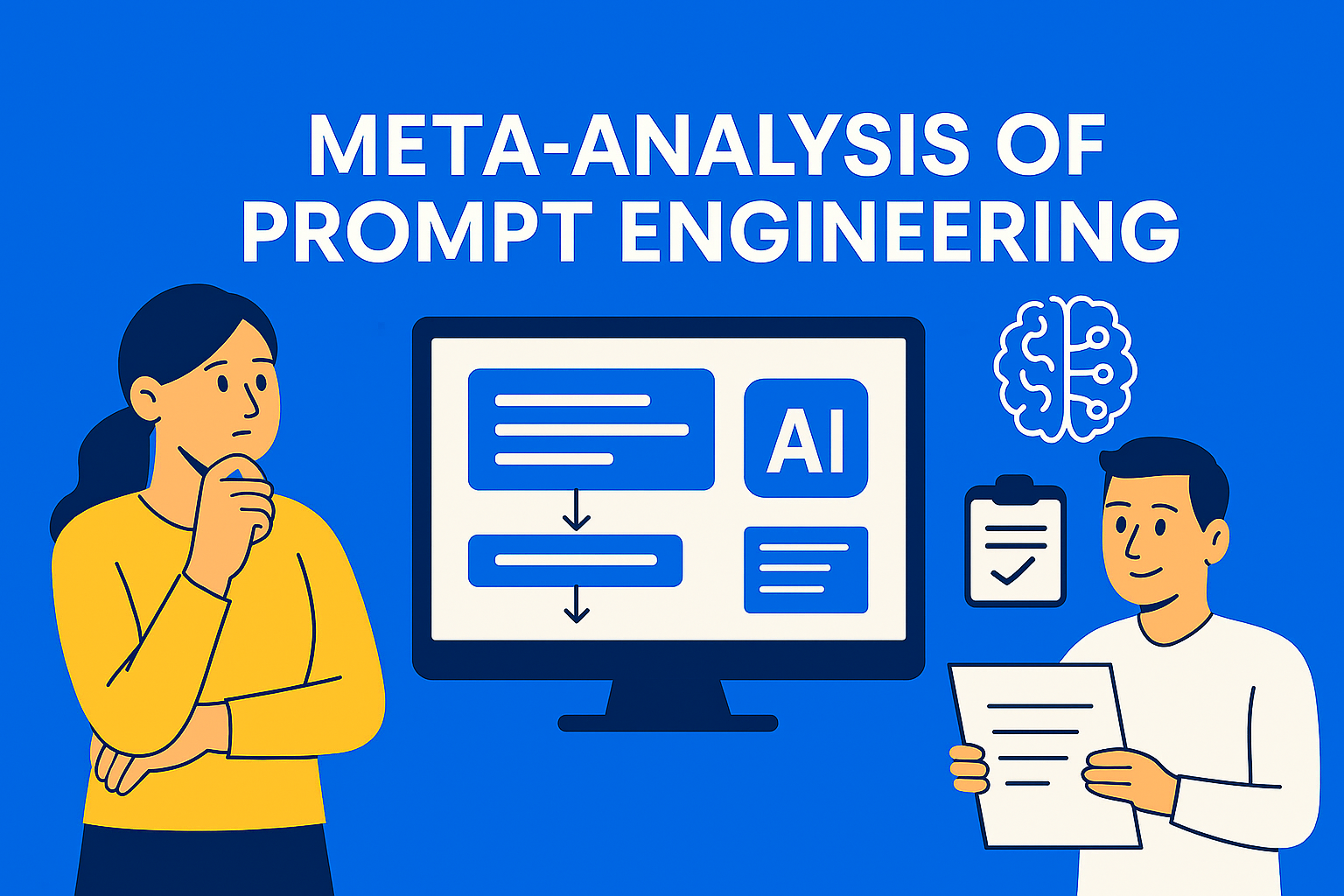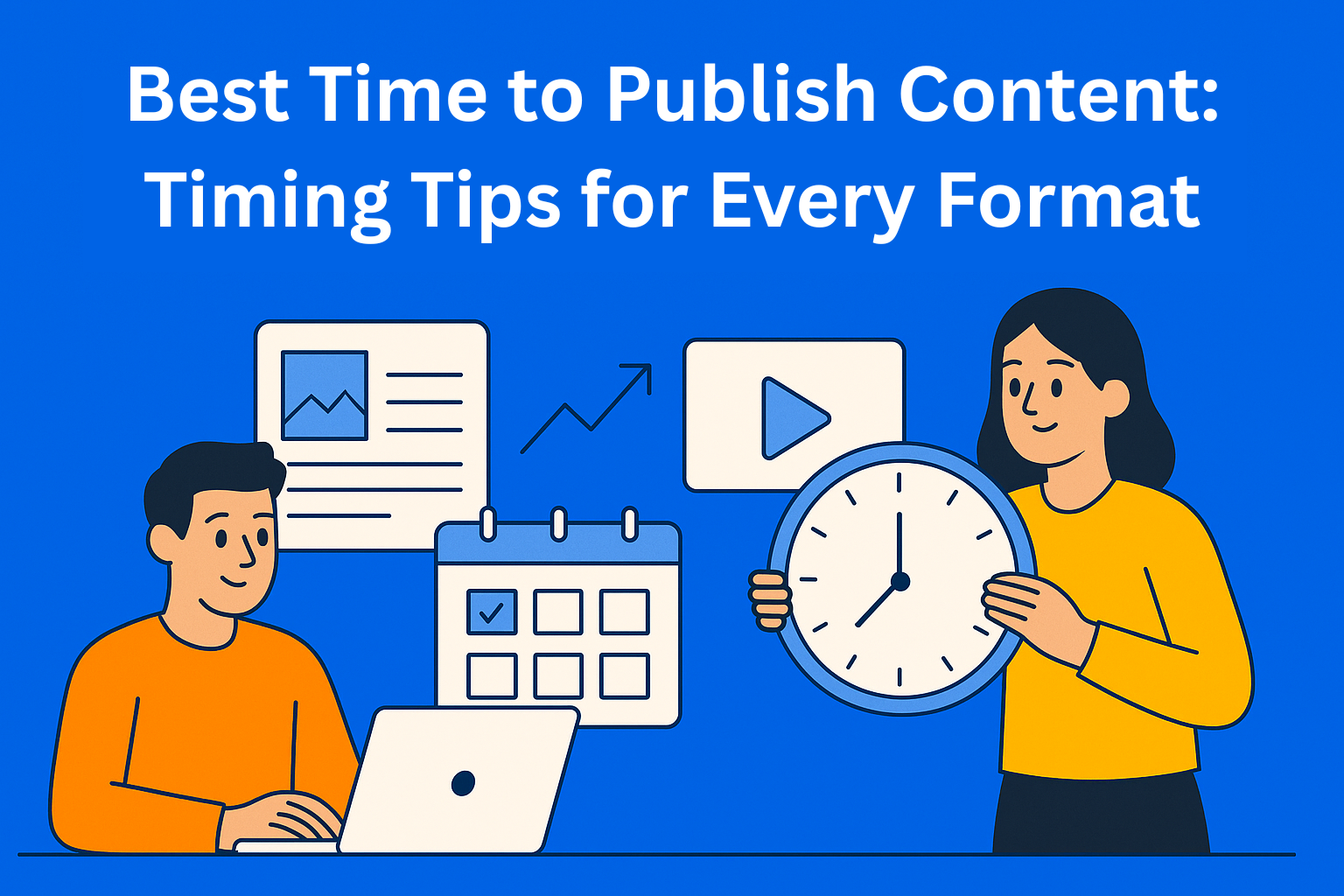Meta-analysis of Prompt Engineering: What Works in 2025?
Discover what actually works in prompt engineering in 2025, from step-by-step prompts to advanced frameworks like CoT and ReAct. Learn how to craft better AI content and boost results with smarter, structured prompting.

Since 2022, prompt engineering has evolved from a niche skill for enthusiasts into a core competency for anyone seriously using artificial intelligence. Now, in 2025, prompts are no longer just "questions" we ask AI. They've become a bridge between human thinking and the logic behind large language models (LLMs).
But the real question is: which prompts actually work today? Which ones are the most effective, in which scenarios, and how are they different from the ones we used just a couple of years ago?
Key Takeaways
- Structure beats spontaneity - Vague prompts no longer cut it. Clear, step-by-step instructions work best.
- Chain-of-Thought and Tree-of-Thought prompts - These prompt frameworks dominate complex tasks like reasoning, analysis, and debugging.
- Few-shot beats zero-shot (usually) - A couple of examples drastically improve tone, accuracy, and persuasion.
- Prompts are now multimodal - Combining text with images, code, or audio opens new dimensions for AI interaction.
- Prompting = UX design for AI - You’re not just asking questions, you’re shaping the AI’s reasoning path and output style.
What Changed Between 2023 and 2025?
First off, AI models have become smarter, but also more demanding. They don’t respond as well to vague or general prompts anymore. Structure, clear intent, and often a step-by-step approach are now essential.
Prompt engineering has also gone multimodal. We're no longer just talking about text. Prompts now often include images, code, and even audio.
We've also seen the rise of specialized frameworks like Chain-of-Thought (CoT), ReAct, and Tree-of-Thoughts, which break tasks into logical steps, kind of like programming. That means prompt engineering today requires a bit of strategy.
Types of Prompts and How Well They Work
Based on practical testing, here’s a simplified breakdown of how different prompt styles perform in different situations:
- Direct prompts are the simplest, something like "Write a blog about X." They’re fast but often feel generic. Best for short texts or quick ideas. Score: 6/10.
- Chain-of-Thought (CoT) prompts ask AI to reason step by step. Great for tasks that need logic or deeper analysis. Score: 9/10.
- ReAct prompts combine reasoning and action. Perfect for chatbot-style interactions and conversations. Score: 8.5/10.
- Few-shot prompts include a few examples so AI knows what kind of answer you expect. Ideal for coding, design, or setting the tone of a message. Score: 7/10.
- Zero-shot + priming means no examples, but you give AI a clear context upfront. Decent for simple questions or basic tasks. Score: 6.5/10.
- Tree-of-Thought is like CoT but even more detailed. It's used for solving complex problems where AI needs to evaluate different options. Slower, but super accurate. Score: 9.5/10.
Bottom line? The more complex the task, the more you need a prompt that guides AI step by step. The AI content you get this way is usually smarter, more coherent, and much more helpful to the reader.
Prompt Testing in Action
Scenario 1: Writing a Blog Post
Direct prompt: "Write a blog about the benefits of AI in marketing."
Result: a generic text without much substance.
Chain-of-Thought prompt: "Start by defining AI in marketing, then explain 3 specific benefits with real-world examples, and end with a call-to-action."
Result: a structured and natural piece with better engagement. The keyword "AI content marketing" appears organically.
Scenario 2: Writing a Product Ad
Prompt: "Write a sales copy for an app that uses AI to write blog posts."
Few-shot prompt (with examples of past ads) delivered a much more persuasive result than the zero-shot version. AI-assisted copywriting benefits a lot from prompts like "Give me 3 versions in different tones."
Scenario 3: Debugging Python Code
Prompt: "Why doesn't this Python code work?" vs.
Prompt: "Analyze the following Python code, find the bug in line 23, explain why it's wrong, and suggest a fix."
The second one (CoT-style with specific guidance) was 3x more accurate.
Key Insights: What Actually Works in 2025?
- Structure > guesswork: Clear, logical prompts make a big difference.
- Multi-step prompts are now the norm for serious AI outputs.
- Prompts that include intent, format, and context get the best results. Like: "As an SEO expert, write a meta description for the following article..."
Writing AI content today means combining strategy, testing, and understanding how language models think.
Tools and Resources for Prompt Experts
If you're ready to test and improve your prompts, here are a few tools used in 2025:
- Prompt libraries: FlowGPT, PromptHero
- Testing platforms: PromptLayer, LangSmith
- Prompt generators: DSPy (Dynamic Structured Prompting)
Conclusion: Prompting as UX Design for AI
It’s no longer just what you ask AI, but how you ask it. Prompting has become a form of design, a way of shaping communication with intelligent systems.
If you master this skill, you gain a huge advantage in everyday AI tasks, whether you’re writing, coding, or automating workflows.
If you use AI for content creation, marketing, education, or development, it's worth investing time in experimenting, testing, and refining your prompt arsenal.






